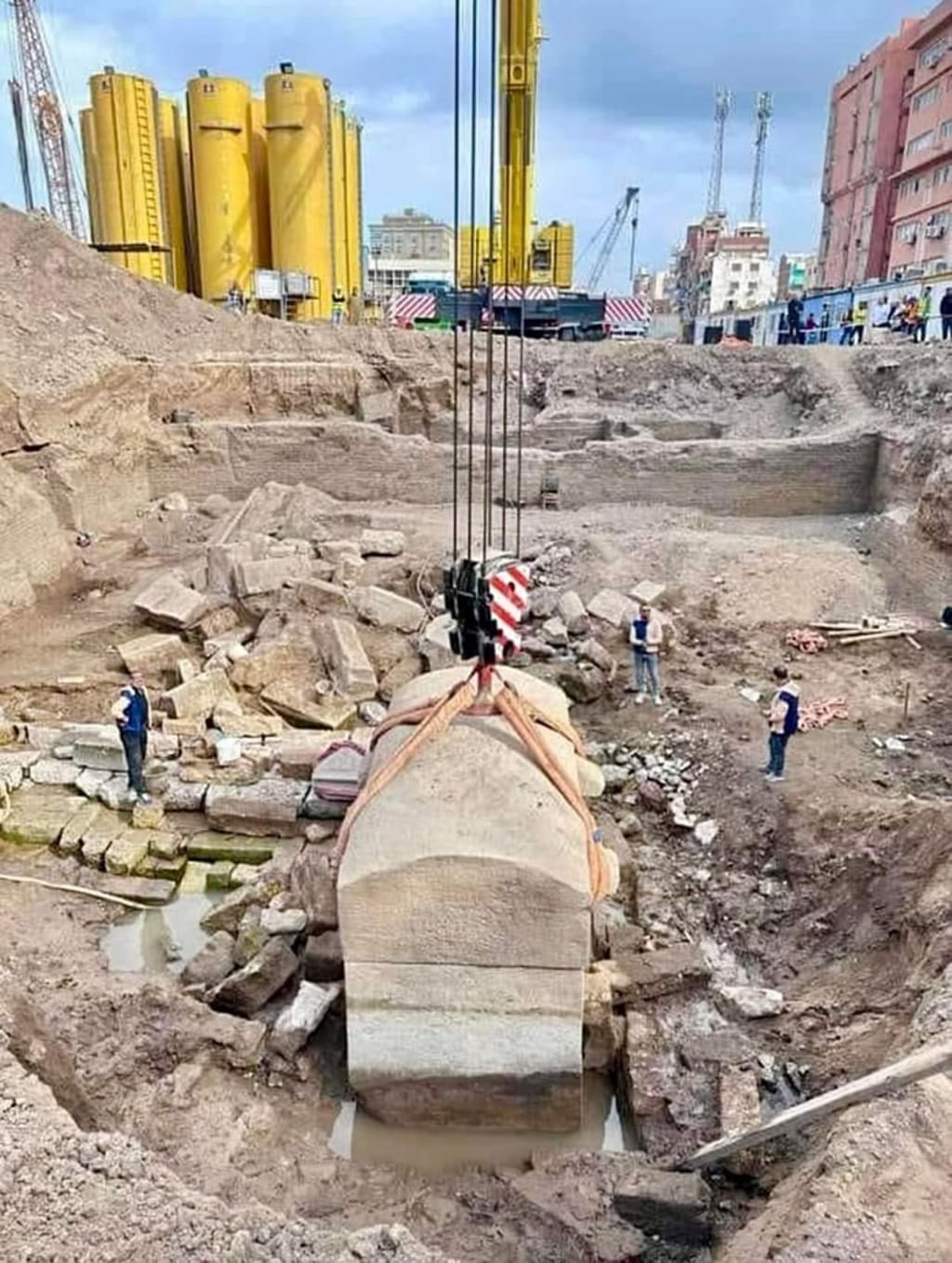
The Egyptian desert, forever whispering secrets, has unveiled another marvel: a colossal 60-ton granite sarcophagus, untouched for millennia. News of the discovery sent shockwaves through the archaeological community, igniting a frenzy of speculation. What secrets lay within this behemoth carved from the earth's very bones? What story did it yearn to tell?
The sheer size of the sarcophagus was the first point of intrigue. Granite, quarried hundreds of kilometers away, is a notoriously difficult material to work with. Moving such a massive block, even with the ingenuity of the ancient Egyptians, would have been an engineering feat of staggering proportions. Theories swirled like desert sand. Was this the final resting place of a pharaoh, their power and influence symbolized by the sheer immensity of their tomb? Or perhaps it held a high priest, an individual revered beyond measure, deserving a sarcophagus befitting their status.
Days turned into weeks as archaeologists meticulously cleaned and examined the exterior. The smooth, polished surface held no inscriptions, offering no clues to its occupant. The weight and size pointed towards royalty, but the absence of hieroglyphics was unusual. Perhaps the tomb was looted in antiquity, the treasures removed and the identity of the deceased erased. Or maybe, this tomb predated the widespread use of hieroglyphics, belonging to an earlier, enigmatic period in Egyptian history.
The excitement reached a fever pitch when a small, almost hidden crevice was discovered on the side of the sarcophagus. With bated breath, the team carefully chipped away, revealing a narrow passage leading into the heart of the granite giant. The anticipation was palpable. Would the answer to the who and why finally be revealed?
After days of painstaking excavation, the passage opened into a small chamber. Inside, bathed in the soft glow of torches, lay a sight that left the archaeologists speechless. The sarcophagus wasn't designed for a single person, nor did it hold any human remains. Instead, it contained a collection of exquisitely crafted golden artifacts - intricate statues of deities, meticulously detailed figurines depicting scenes of daily life, and a series of inscribed tablets made from a rare, unknown metal.
The discovery sent the archaeological world into a frenzy. This wasn't just a tomb; it was a time capsule, a window into a lost chapter of Egyptian history. The golden artifacts, with their intricate details and unknown material, hinted at a level of craftsmanship and technology previously unknown. The inscribed tablets, their language a mystery waiting to be deciphered, promised to rewrite our understanding of ancient Egypt.
The news quickly spread beyond the realm of academia, capturing the imagination of the world. Social media exploded with theories, comparisons being drawn to lost civilizations and hidden knowledge. While the scientific community cautioned against sensationalism, the public's fascination only grew.
The discovery of the 60-ton sarcophagus marked a turning point in Egyptology. It wasn't just about one tomb or one individual; it was about rewriting the narrative of a civilization. The artifacts within held the potential to unlock an era shrouded in secrecy, revealing a more nuanced and complex picture of ancient Egypt. The work of deciphering the tablets, understanding the artifacts, and placing them within their historical context would take years, perhaps even decades. But one thing was certain: the sands of Egypt had yielded a treasure trove of knowledge, and the world was eagerly waiting to hear the stories it had to tell.
This discovery serves as a stark reminder that our understanding of the past is constantly evolving. Each new find, each unearthed secret, chips away at the edifice of our assumptions, revealing a world far more complex and fascinating than we could have ever imagined. The 60-ton sarcophagus stands as a testament to the enduring power of the past, whispering stories waiting to be heard. And as we listen, we not only gain a deeper understanding of ancient civilizations, but also a renewed appreciation for the ingenuity and resilience of the human spirit.






Comments
There are no comments for this story
Be the first to respond and start the conversation.